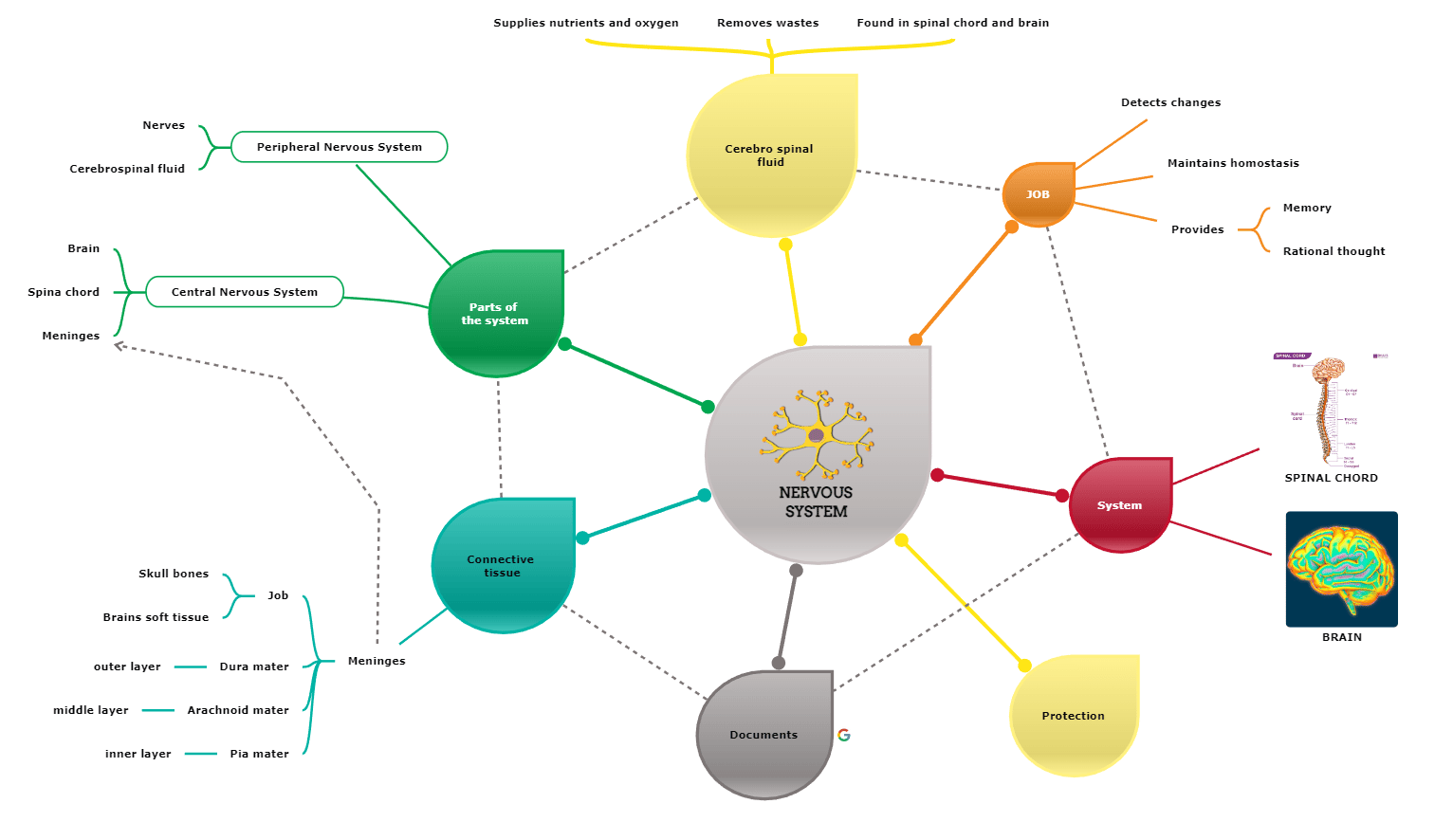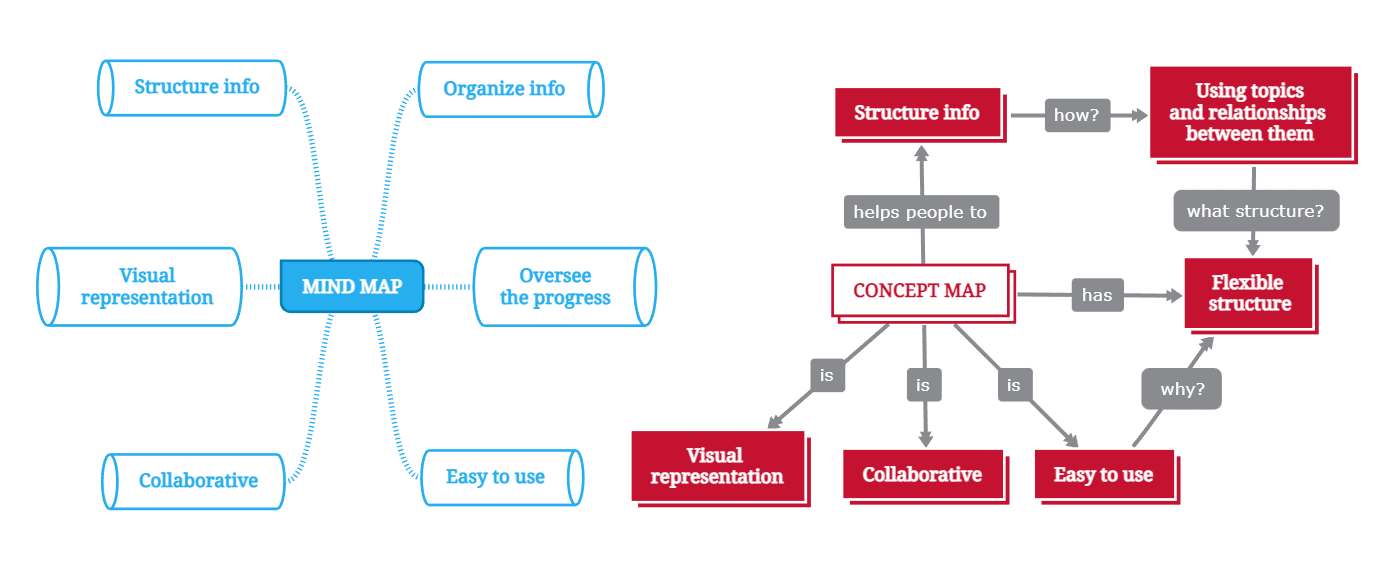
You’ve probably heard everyone has a unique learning style. Learning styles hone in on an individual strength (usually one of the five senses) to help recall information more effectively. The three most common types are visual, auditory, and tactile. But what is visual learning exactly?
Do you have to see information to learn it? If things like photos, graphics, and colors help you organize your thoughts, you’re probably a visual learner. Visual learners retain information best by looking at images, videos, or reading. They tend to understand and remember things by sight and respond well to colors and visual learning tools like mind maps or charts.
Different Types of Visual Learning
Did you know the visual learning style is the most common? Studies show that 65% of the population are visual learners. Auditory learners account for around 30% of the population. Tactile learners only make up about 5%. Also, some people prefer a combination of learning strategies to process information.
Visual learners learn and remember things by sight. That said, there are plenty of ways to take in information visually. For example, you may respond well to charts, maps, graphs, photos, videos, or diagrams. In other words, you like to see what you are learning. Mind mapping is one of the best learning strategies for visual learners. Mind maps help explore new ways of learning, thinking, and problem-solving. Research shows the efficiency of mind mapping for visual learners.
The Advantages of Visual Learning
There’s no “right” or “wrong” way to learn. However, it’s important to be in the proper learning environment for your style.
Visual learning has several advantages, especially in today’s technology-driven society. Visual content is a massive part of our lives. More educators are introducing advanced visual aids to improve learning, while professionals are utilizing online organizational tools like brainstorming diagrams to solve work problems. Millions of students also rely on long-distance learning with visual aids like Zoom to communicate.
Another perk of being a visual learner is visualization is the key to sharper memory. Visuals may not remember a book they read yesterday but can recall images, photos, or appealing graphics. Studies have shown visual learning helps improve retention by 29-42%.
What Is A Mind Map?
Mind mapping is a fun, visually exciting way to arrange the information. Mind maps focus on a central idea or topic, usually represented by a single word, surrounded by branches of sub-topics. Each branch represents closely related ideas, creating sub-branches of terms and short phrases associated with subtopics.
Mind maps can help us recall information, brainstorm ideas, and solve complex problems.

Concept Map vs. Mind Map
Mind maps and conceptual maps aren’t the same, although people often use them interchangeably. The biggest difference is their visual structure.
Here’s how they differ.
Mind Maps
- Focus on one concept, idea, or problem
- All ideas are welcome
- Free-flow brainstorming
Concept Maps
- Focus on multiple concepts, ideas, or problems
- Capture what’s relevant and important
- The connections between concepts are represented by arrows that have a label (where you can add text) that explains the relationship.

How to Use Mind Mapping For Visual Learners
We all process information differently. Mind maps can be particularly effective for visual learners to organize and absorb information. Visual learners learn by looking at things to absorb information rather than listening to it (auditory learner) or using their hands (tactile).
Mind mapping is an ideal tool for organizing information. Here’s why mind maps are handy for visual learners.
➤ They help with memorization. A lot of visual learners use mind maps to help them memorize information. Mind mapping uses colors, shapes, and images to present concepts, ideas, or data. These visual associations help the brain process and store new information.
➤ Mind maps inspire creative thinking. Mind mapping can boost creative, out-of-the-box thinking. Every mind map begins with the central subject or topic. Adding branches and sub-branches to the main idea allows you to view the central concept from different angles.
➤ Mind mapping is a great problem-solving tool. Mind maps can help break down complex problems into smaller parts to develop solutions. Refining the issue to its central image or main topic and expanding outward makes it easier to analyze. You can break down the issue piece by piece and find solutions that respond to each component of the problem.
Who Can Benefit From Using Mind Maps?
Anyone can benefit from using mind maps – not just visual learners. Teachers use mind maps for kids to help retain and store information in a fun way. Business professionals rely on these charts, maps, and creative thinking tools to solve work-related problems. Anyone can use mind map diagrams to organize themselves and their lives and become more productive.
Tip: Mind maps are effective for people of all ages. Anyone can use a mind mapping tool to make studying easier, take better notes, improve comprehension, memorize information, and foster creativity.
Mind mapping can be a practical tool for several tasks, like:
Note-Taking – Traditional, linear note-taking can be challenging for visual learners. The monotonous text usually isn’t visibly appealing. Mind maps represent information through images, words, colors, and graphics. A graphical presentation of information received in real-time can be more intuitive and effective than traditional notes for visual learners.
Tip: Teachers recommend different learning strategies, like online mind map making, for visual students.
Brainstorming – Mind mapping is an effective tool during brainstorming sessions. They foster creative thinking by presenting ideas simply and visually. You can use mind maps alone, but they’re even more beneficial for group brainstorms.
Organizing – You can use mind maps to organize your ideas and synthesize complex information. People with a visual learning style can get overwhelmed when consuming information audibly. Mind maps can help combine information from various sources and find solutions to complex problems.
Final Thoughts
Most people prefer the visual learning style. Visual learners may not understand spoken instructions like auditory learners. Modern technology has made it easier for visual learners to respond to information faster than textual information. Tools like virtual online note-taking, diagrams, flowcharts, and mind maps help visual learners understand and process information.
Keep it smart, simple, and creative!
The Mindomo Team






